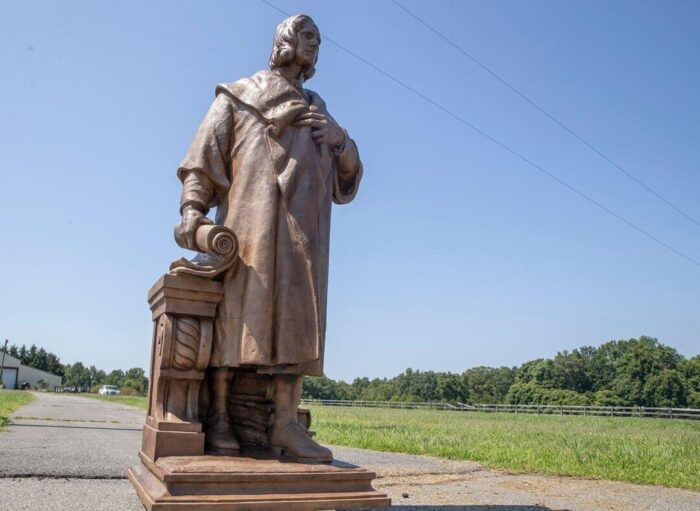
The return of the defaced Christopher Columbus statue, now standing proudly in Rockland County, offers a complex reflection on the interplay between art, heritage, and historical legacy. Initially installed in Richmond, Virginia in 1925, the 1-ton bronze monument was vandalized during the 2020 protests against controversial historical figures and subsequently cast into a lake. Now restored by the Sons of Italy, it has been unveiled in Blauvelt, New York, where it stands as a symbol of Italian-American pride and their connection to the famed explorer. For many in the Italian-American community, including Michael Pizzi and Paul Borghese, Columbus represents the embodiment of courage, a pioneer whose discovery of the Americas catalyzed European settlement in the New World. The monument thus becomes not merely a figure in bronze but a tangible expression of ethnic identity and cultural pride.
However, the resurrection of this statue, as with so many other Columbus tributes, has not emerged without controversy. Columbus’ legacy, particularly in indigenous and anti-colonial discourses, remains deeply problematic. Critics, such as Cliff Mathias from the Red Hawk Native American Arts Council, highlight that Columbus never set foot on what is today the mainland United States and argue his historical significance is less about discovery and more about the violent, oppressive systems his voyages inaugurated. The tension between the two perspectives is clear: while one community views the statue as a celebration of an explorer and Italian heritage, others see it as a symbol of colonization, exploitation, and indigenous erasure.
Ultimately, this contested monument reflects a larger question about how we choose to commemorate figures whose legacies are fractured by different histories. For the Sons of Italy and their supporters, this statue has been restored to honor the courage and vision of an Italian navigator. Yet, for many others, it remains a problematic relic of a colonial past, raising pressing questions about the role of public monuments in shaping historical memory, especially when the legacies they represent carry a burden of violence and oppression.


